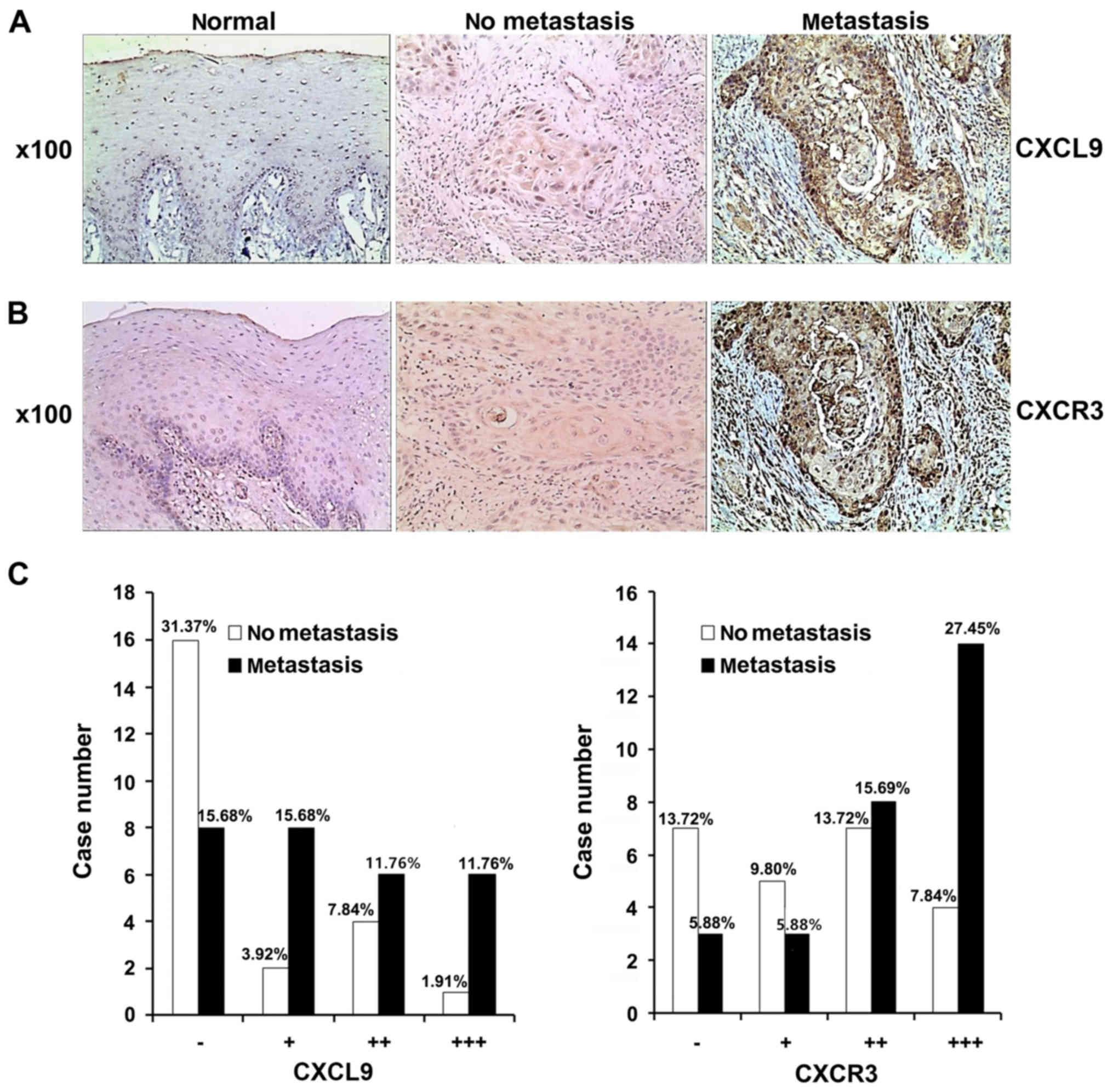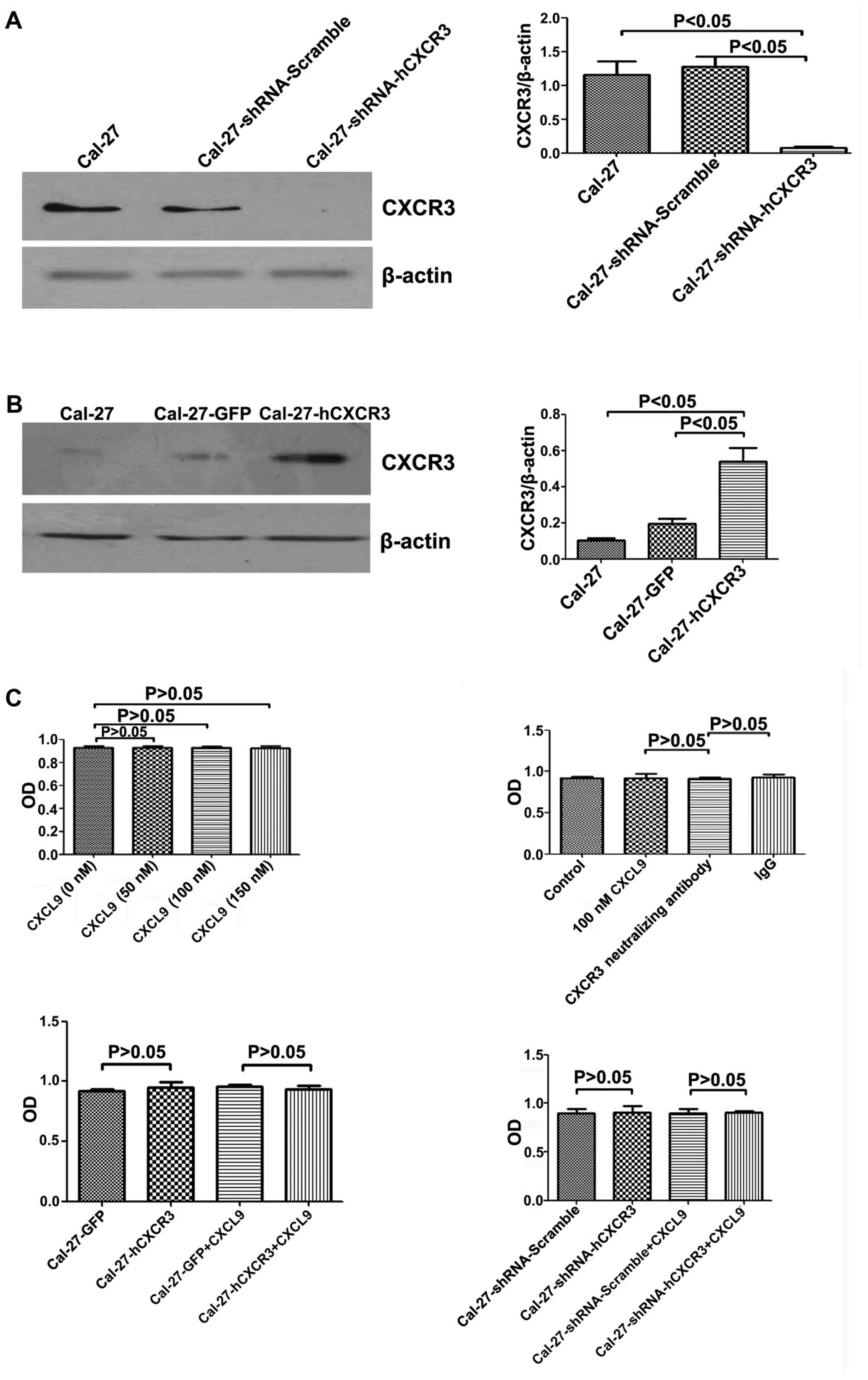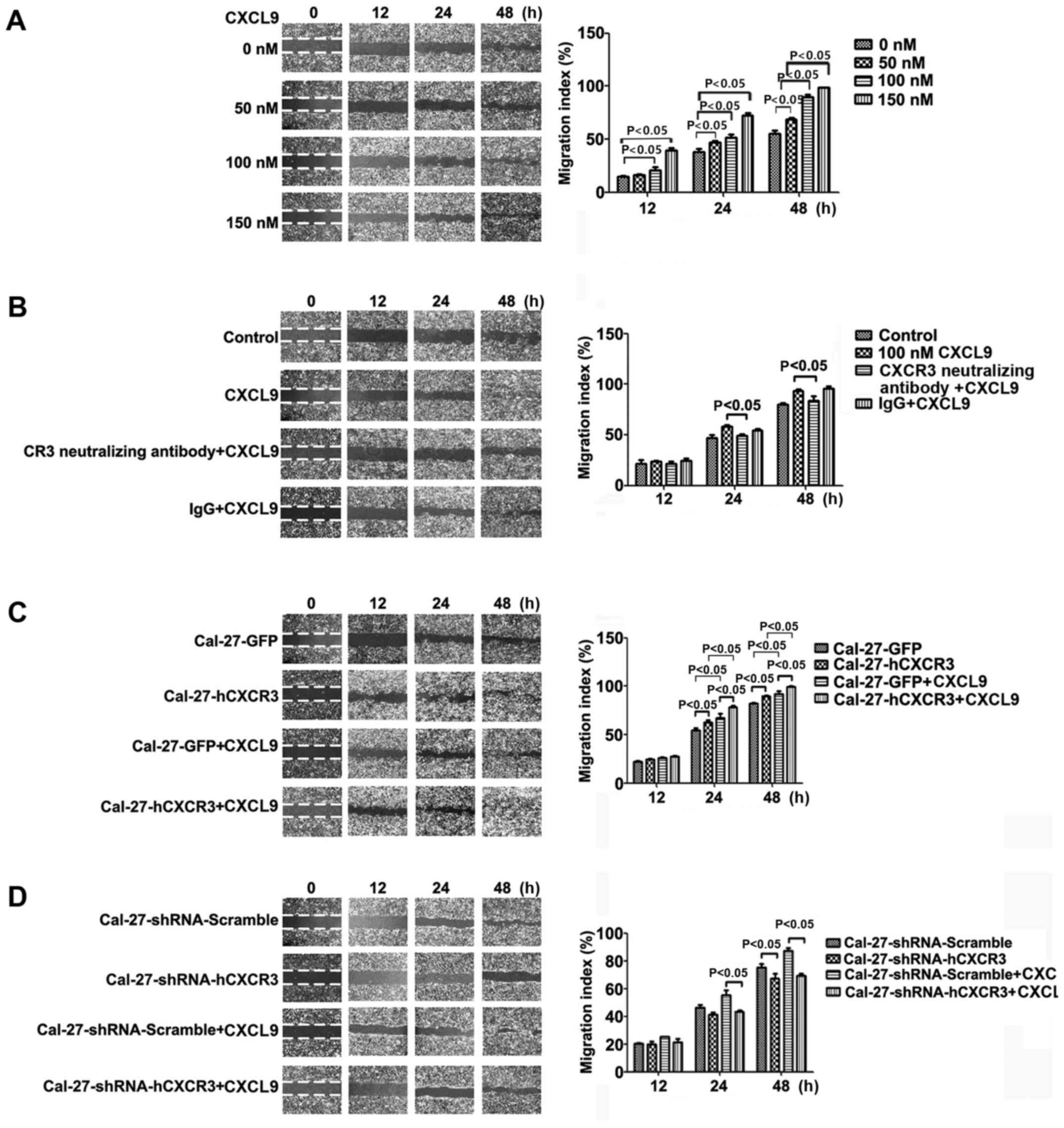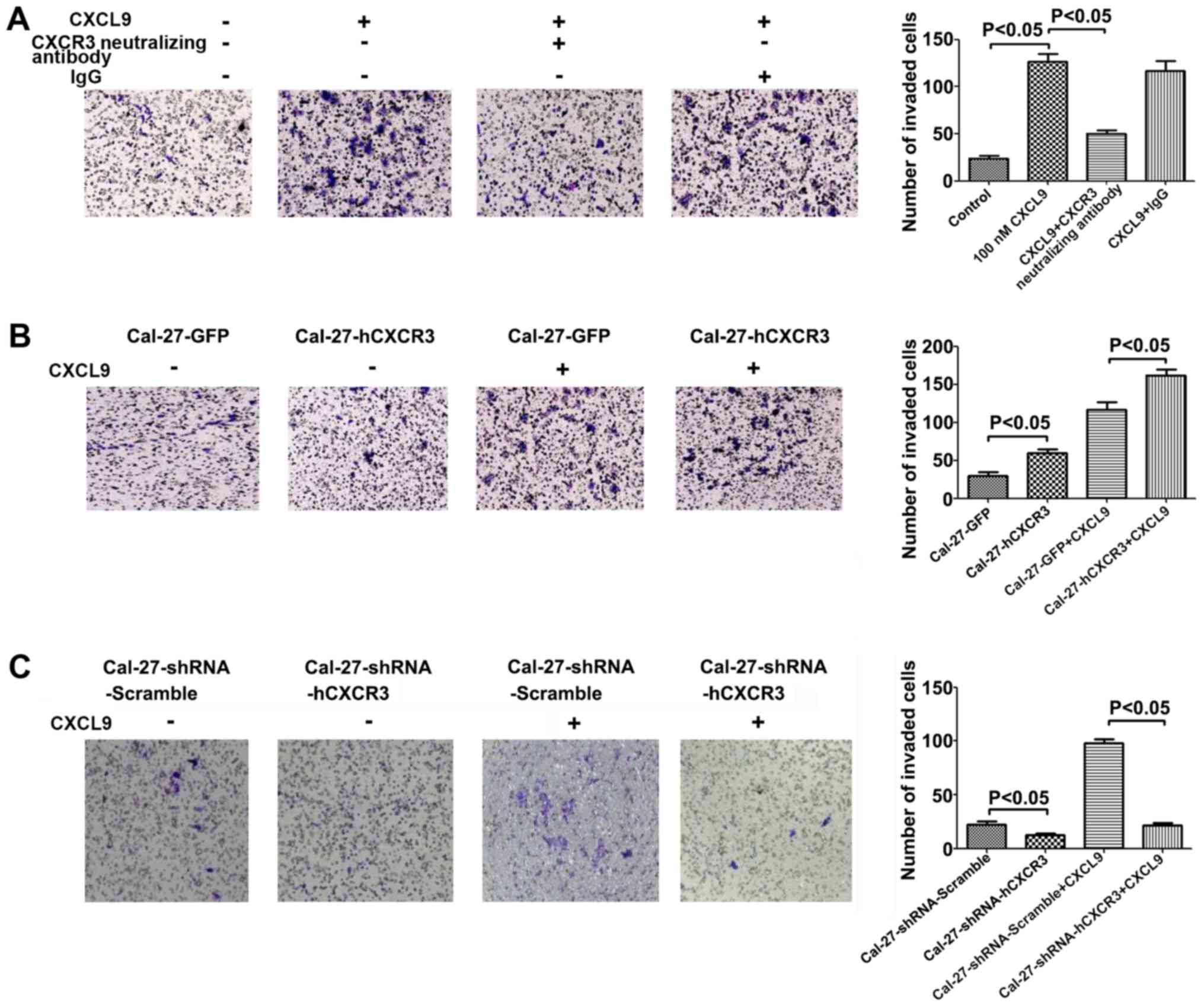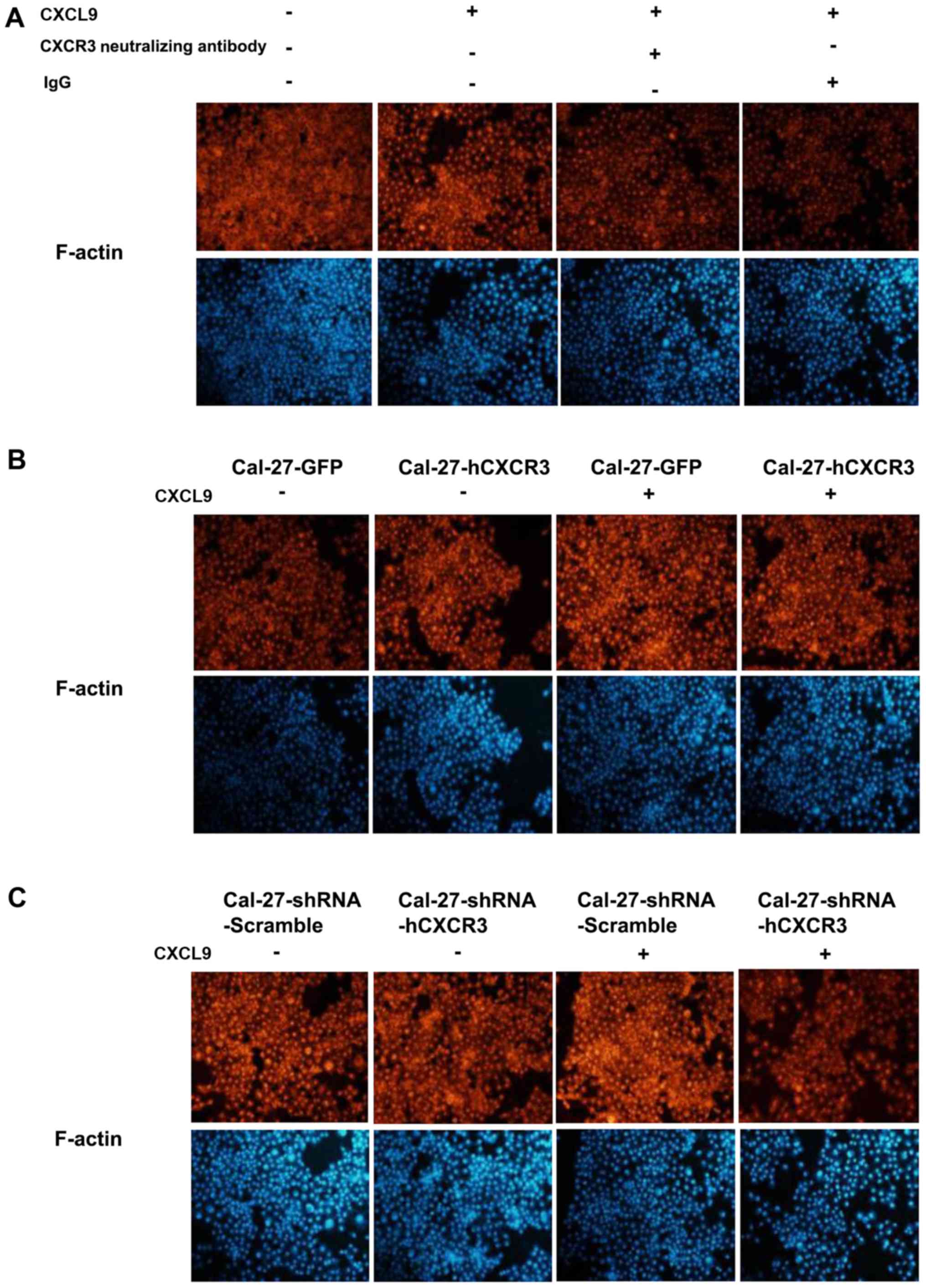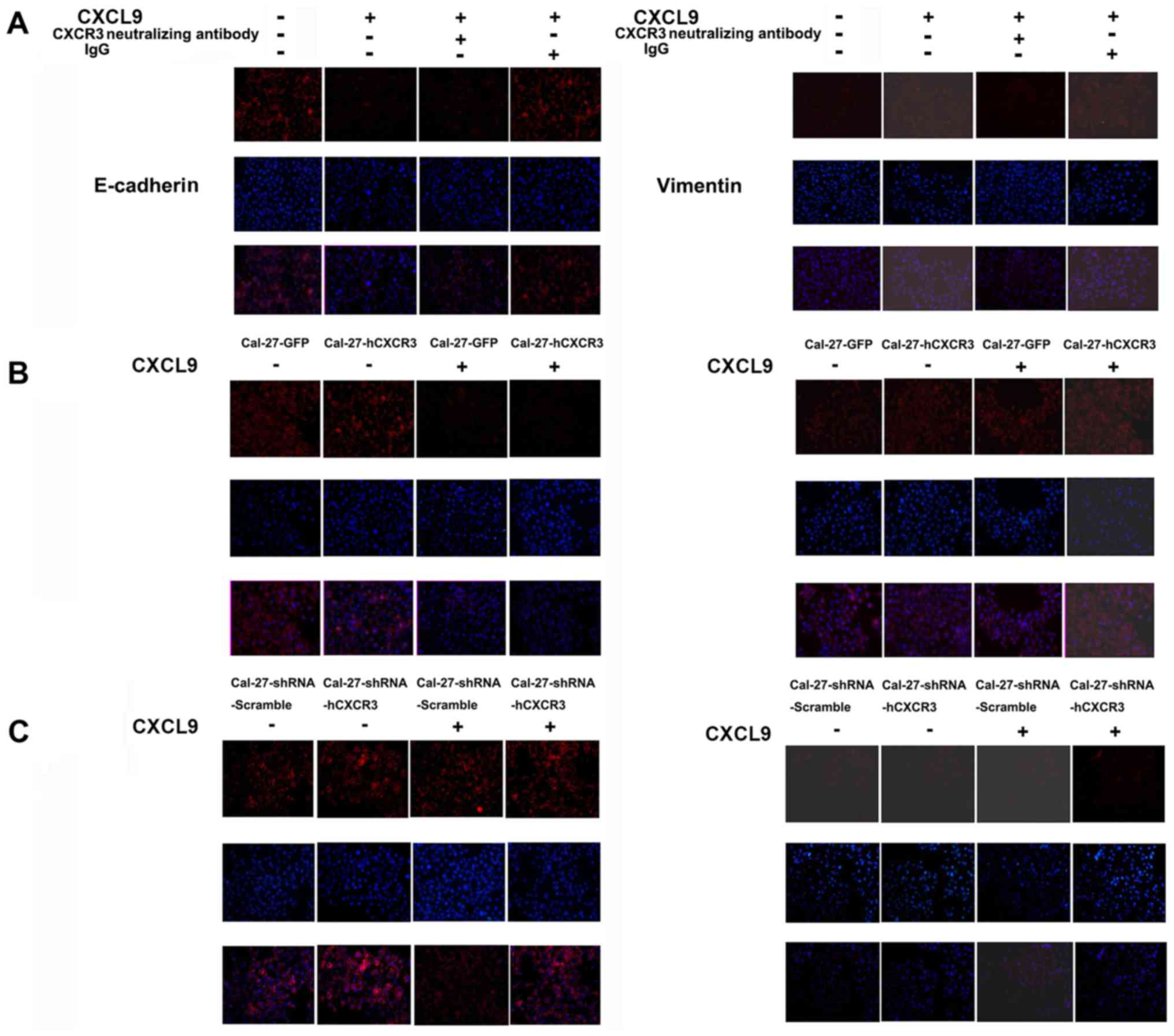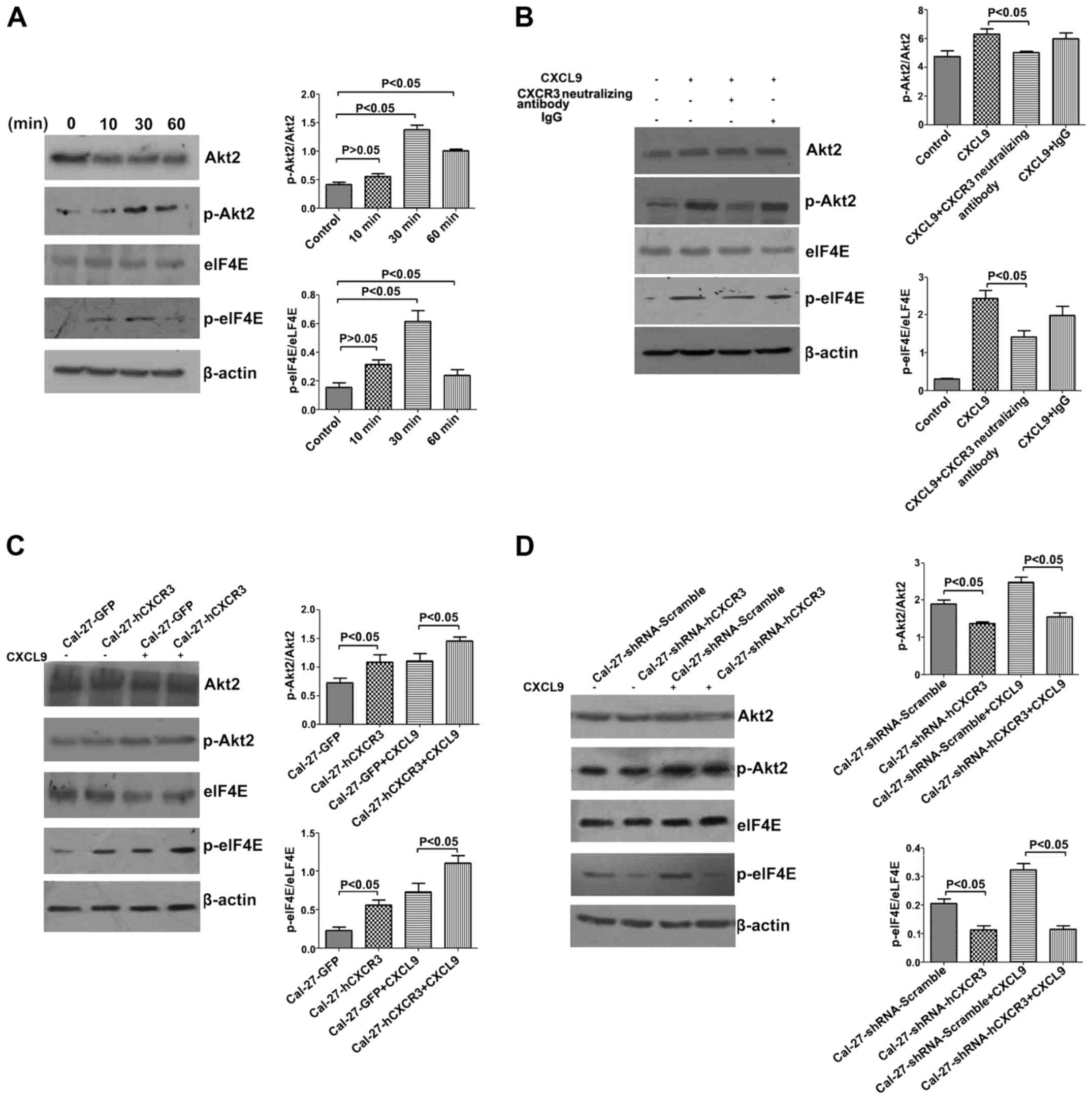|
1
|
Kademani D, Bell RB, Schmidt BL,
Blanchaert R, Fernandes R, Lambert P and Tucker WM; American
Association of Oral and Maxillofacial Surgeons Task Force on Oral
Cancer, : Oral and maxillofacial surgeons treating oral cancer: A
preliminary report from the American Association of Oral and
Maxillofacial Surgeons Task Force on Oral Cancer. J Oral Maxillofac
Surg. 66:2151–2157. 2008. View Article : Google Scholar : PubMed/NCBI
|
|
2
|
Kamangar F, Dores GM and Anderson WF:
Patterns of cancer incidence, mortality, and prevalence across five
continents: Defining priorities to reduce cancer disparities in
different geographic regions of the world. J Clin Oncol.
24:2137–2150. 2006. View Article : Google Scholar : PubMed/NCBI
|
|
3
|
Yang YF, Guo M and Zhang J: Nursing of
tissue defect after radical resection of tongue cancer with forearm
flap transplantation. Chin J Aesthetic Med. 21:514–515. 2012.(In
Chinese).
|
|
4
|
Landis SH, Murray T, Bolden S and Wingo
PA: Cancer statistics, 1999. CA Cancer J Clin. 49:8–31. 1999.
View Article : Google Scholar : PubMed/NCBI
|
|
5
|
Steeg PS: Tumor metastasis: Mechanistic
insights and clinical challenges. Nat Med. 12:895–904. 2006.
View Article : Google Scholar : PubMed/NCBI
|
|
6
|
Deryugina EI and Quigley JP: Matrix
metalloproteinases and tumor metastasis. Cancer Metastasis Rev.
25:9–34. 2006. View Article : Google Scholar : PubMed/NCBI
|
|
7
|
Balkwill F: Cancer and the chemokine
network. Nat Rev Cancer. 4:540–550. 2004. View Article : Google Scholar : PubMed/NCBI
|
|
8
|
Zlotnik A and Yoshie O: Chemokines: A new
classification system and their role in immunity. Immunity.
12:121–127. 2000. View Article : Google Scholar : PubMed/NCBI
|
|
9
|
Rollins BJ: Chemokines. Blood. 90:909–928.
1997.PubMed/NCBI
|
|
10
|
Strieter RM, Burdick MD, Mestas J,
Gomperts B, Keane MP and Belperio JA: Cancer CXC chemokine networks
and tumour angiogenesis. Eur J Cancer. 42:768–778. 2006. View Article : Google Scholar : PubMed/NCBI
|
|
11
|
Vandercappellen J, Van Damme J and Struyf
S: The role of CXC chemokines and their receptors in cancer. Cancer
Lett. 267:226–244. 2008. View Article : Google Scholar : PubMed/NCBI
|
|
12
|
Liu L, Callahan MK, Huang D and Ransohoff
RM: Chemokine receptor CXCR3: An unexpected enigma. Curr Top Dev
Biol. 68:149–181. 2005. View Article : Google Scholar : PubMed/NCBI
|
|
13
|
Bodnar RJ, Yates CC and Wells A: IP-10
blocks vascular endothelial growth factor-induced endothelial cell
motility and tube formation via inhibition of calpain. Circ Res.
98:617–625. 2006. View Article : Google Scholar : PubMed/NCBI
|
|
14
|
Friedl P and Alexander S: Cancer invasion
and the microenvironment: Plasticity and reciprocity. Cell.
147:992–1009. 2011. View Article : Google Scholar : PubMed/NCBI
|
|
15
|
Savagner P: Epithelial-mesenchymal
transitions: From cell plasticity to concept elasticity. Curr Top
Dev Biol. 112:273–300. 2015. View Article : Google Scholar : PubMed/NCBI
|
|
16
|
Jung HY, Fattet L and Yang J: Molecular
pathways: Linking tumor microenvironment to epithelial-mesenchymal
transition in metastasis. Clin Cancer Res. 21:962–968. 2015.
View Article : Google Scholar : PubMed/NCBI
|
|
17
|
Nakaya Y and Sheng G: EMT in developmental
morphogenesis. Cancer Lett. 341:9–15. 2013. View Article : Google Scholar : PubMed/NCBI
|
|
18
|
Tsai JH and Yang J: Epithelial-mesenchymal
plasticity in carcinoma metastasis. Genes Dev. 27:2192–2206. 2013.
View Article : Google Scholar : PubMed/NCBI
|
|
19
|
Ploenes T, Scholtes B, Krohn A, Burger M,
Passlick B, Müller-Quernheim J and Zissel G: CC-chemokine ligand 18
induces epithelial to mesenchymal transition in lung cancer A549
cells and elevates the invasive potential. PLoS One. 8:e530682013.
View Article : Google Scholar : PubMed/NCBI
|
|
20
|
Li X, Ma Q, Xu Q, Liu H, Lei J, Duan W,
Bhat K, Wang F, Wu E and Wang Z: SDF-1/CXCR4 signaling induces
pancreatic cancer cell invasion and epithelial-mesenchymal
transition in vitro through non-canonical activation of Hedgehog
pathway. Cancer Lett. 322:169–176. 2012. View Article : Google Scholar : PubMed/NCBI
|
|
21
|
Shao S: The role of chemokine Mig and
CXCR3 in invasion and metastasis of oral squamous cell carcinoma of
tongue. Kunming Medical University. 2013.(In Chinese).
|
|
22
|
Li L, Chen J, Lu ZH, Yu SN, Luo YF, Zhao
WG, Ma YH and Jia CW: Significance of chemokine receptor CXCR3
expression in breast cancer. Zhonghua Bing Li Xue Za Zhi. 40:85–88.
2011.(In Chinese). PubMed/NCBI
|
|
23
|
Wu Q, Dhir R and Wells A: Altered CXCR3
isoform expression regulates prostate cancer cell migration and
invasion. Mol Cancer. 11:32012. View Article : Google Scholar : PubMed/NCBI
|
|
24
|
Jenkins MH, Brinckerhoff CE and Mullins
DW: CXCR3 signaling in BRAFWT melanoma increases IL-8 expression
and tumorigenicity. PLoS One. 10:e01211402015. View Article : Google Scholar : PubMed/NCBI
|
|
25
|
Li Y, Reader JC, Ma X, Kundu N, Kochel T
and Fulton AM: Divergent roles of CXCR3 isoforms in promoting
cancer stem-like cell survival and metastasis. Breast Cancer Res
Treat. 149:403–415. 2015. View Article : Google Scholar : PubMed/NCBI
|
|
26
|
Ma B, Khazali A and Wells A: CXCR3 in
carcinoma progression. Histol Histopathol. 30:781–792.
2015.PubMed/NCBI
|
|
27
|
Amatschek S, Lucas R, Eger A, Pflueger M,
Hundsberger H, Knoll C, Grosse-Kracht S, Schuett W, Koszik F,
Maurer D, et al: CXCL9 induces chemotaxis, chemorepulsion and
endothelial barrier disruption through CXCR3-mediated activation of
melanoma cells. Br J Cancer. 104:469–479. 2011. View Article : Google Scholar : PubMed/NCBI
|
|
28
|
Ohshima K, Suefuji H, Karube K, Hamasaki
M, Hatano B, Tutiya T, Yamaguchi T, Suzuki K, Suzumiya J and
Kikuchi M: Expression of chemokine receptor CXCR3 and its ligand,
mig, in gastric and thyroid marginal zone lymphomas. Possible
migration and autocrine mechanism. Leuk Lymphoma. 44:329–336. 2003.
View Article : Google Scholar : PubMed/NCBI
|
|
29
|
Kawada K, Sonoshita M, Sakashita H,
Takabayashi A, Yamaoka Y, Manabe T, Inaba K, Minato N, Oshima M and
Taketo MM: Pivotal role of CXCR3 in melanoma cell metastasis to
lymph nodes. Cancer Res. 64:4010–4017. 2004. View Article : Google Scholar : PubMed/NCBI
|
|
30
|
Li X, Li P, Chang Y, Xu Q, Wu Z, Ma Q and
Wang Z: The SDF-1/CXCR4 axis induces epithelial-mesenchymal
transition in hepatocellular carcinoma. Mol Cell Biochem.
392:77–84. 2014. View Article : Google Scholar : PubMed/NCBI
|
|
31
|
Andersson K and Sundler R:
Posttranscriptional regulation of TNFalpha expression via
eukaryotic initiation factor 4E (eIF4E) phosphorylation in mouse
macrophages. Cytokine. 33:52–57. 2006. View Article : Google Scholar : PubMed/NCBI
|
|
32
|
Zhang B, Ma Y, Guo H, Sun B, Niu R, Ying G
and Zhang N: Akt2 is required for macrophage chemotaxis. Eur J
Immunol. 39:894–901. 2009. View Article : Google Scholar : PubMed/NCBI
|
|
33
|
Pu R, Li WM, Liu D, Mo XM, Tang Y, Liu LX
and Chen BJ: The expression and clinical significance of AKT2,
phosphorylated AKT2 in non-small cell lung cancer. Sichuan Da Xue
Xue Bao Yi Xue Ban. 41:586–589. 2010.(In Chinese). PubMed/NCBI
|
|
34
|
Maru SV, Holloway KA, Flynn G, Lancashire
CL, Loughlin AJ, Male DK and Romero IA: Chemokine production and
chemokine receptor expression by human glioma cells: Role of CXCL10
in tumour cell proliferation. J Neuroimmunol. 199:35–45. 2008.
View Article : Google Scholar : PubMed/NCBI
|
|
35
|
Willox I, Mirkina I, Westwick J and Ward
SG: Evidence for PI3K-dependent CXCR3 agonist-induced degranulation
of human cord blood-derived mast cells. Mol Immunol. 47:2367–2377.
2010. View Article : Google Scholar : PubMed/NCBI
|
|
36
|
Guan XH, Fu QC, Shi D, Bu HL, Song ZP,
Xiong BR, Shu B, Xiang HB, Xu B, Manyande A, et al: Activation of
spinal chemokine receptor CXCR3 mediates bone cancer pain through
an Akt-ERK crosstalk pathway in rats. Exp Neurol. 263:39–49. 2015.
View Article : Google Scholar : PubMed/NCBI
|
|
37
|
Sunavala-Dossabhoy G, Palaniyandi S, Clark
C, Nathan CO, Abreo FW and Caldito G: Analysis of eIF4E and 4EBP1
mRNAs in head and neck cancer. Laryngoscope. 121:2136–2141. 2011.
View Article : Google Scholar : PubMed/NCBI
|
|
38
|
Siddiqui N and Sonenberg N: Signalling to
eIF4E in cancer. Biochem Soc Trans. 43:763–772. 2015. View Article : Google Scholar : PubMed/NCBI
|
|
39
|
Boyé K, Billottet C, Pujol N, Alves ID and
Bikfalvi A: Ligand activation induces different conformational
changes in CXCR3 receptor isoforms as evidenced by plasmon
waveguide resonance (PWR). Sci Rep. 7:107032017. View Article : Google Scholar : PubMed/NCBI
|
|
40
|
Berchiche YA and Sakmar TP: CXC chemokine
receptor 3 alternative splice variants selectively activate
different signaling pathways. Mol Pharmacol. 90:483–495. 2016.
View Article : Google Scholar : PubMed/NCBI
|















